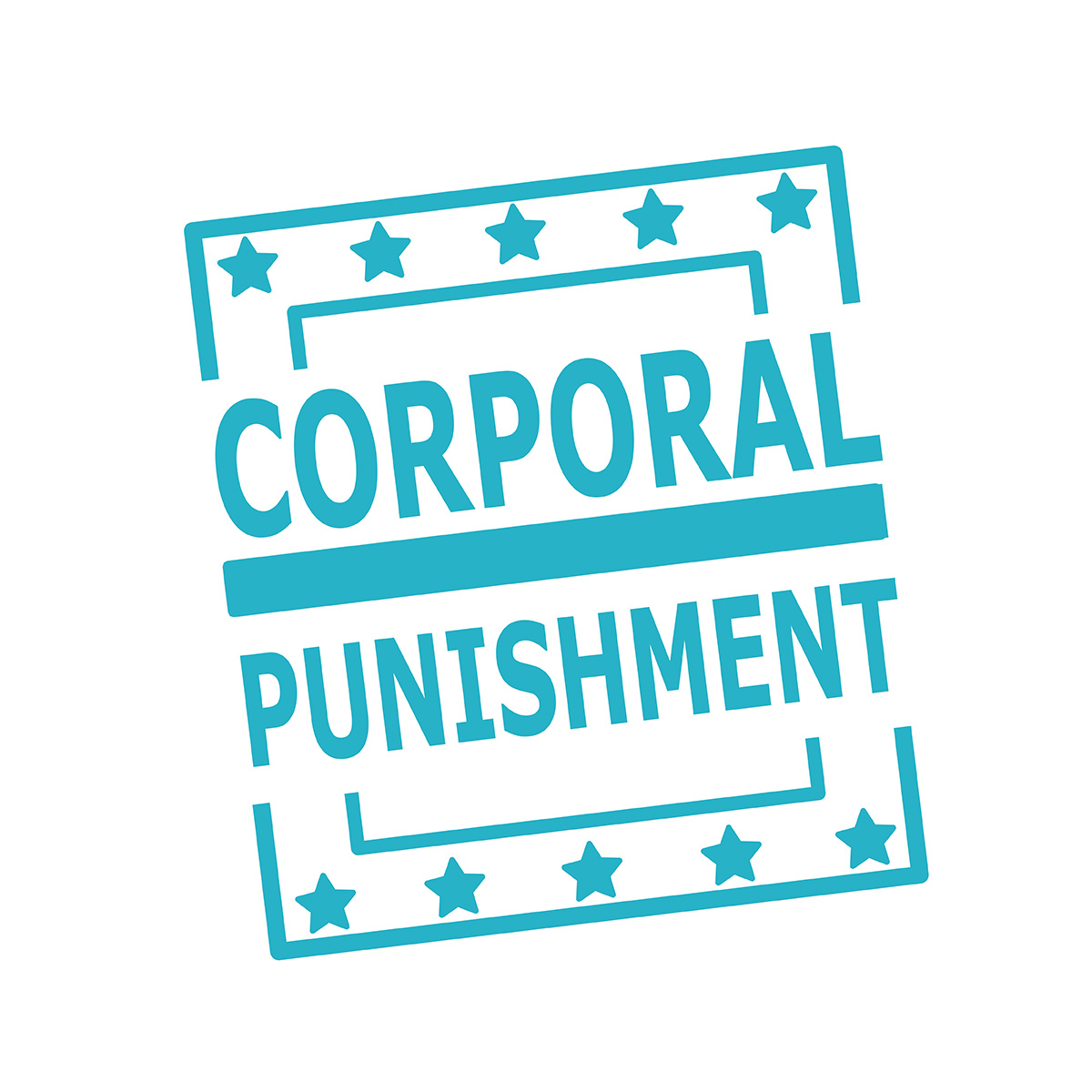Corporal punishment—also known as spanking—is a disciplinary tactic some parents and guardians use to punish undesirable behavior in their children.
Recent law changes and the broadening of definitions for things like child abuse have made its legality vary from state to state and even from incident to incident.
California Law Allows Parental Discretion for Disciplinary Actions
California state law doesn’t establish any major rules for how parents can and cannot discipline their children. Corporal punishment is allowed by law as a disciplinary action in the state, but parents can face legal trouble if they cross a line and become too forceful when administering this punishment to their children.
Specifically, the law states that child abuse occurs when anyone “willfully inflicts upon a child any cruel or inhuman corporal punishment or an injury resulting in a traumatic condition.” In addition, the law also covers incidents where parents willfully cause or permit a child to suffer physical pain or mental suffering.
That means parents who cause injuries to their children while spanking—which can range from bruises and welts to broken skin and lacerations—can be charged with and prosecuted for child abuse.
Corporal Punishment Can Be Subjective Depending on Intent
By definition, any physical contact with a child that causes injury—even a minor mark on the skin—can be considered child abuse in California. When parents or guardians are charged with child abuse due to spanking a child, they must prove that their intent was to discipline the child—not intentionally cause him or her harm.
While corporal punishment in and of itself isn’t considered a crime in California, spanking with a hand or other object can easily be construed as child abuse in the eyes of judges and juries.

